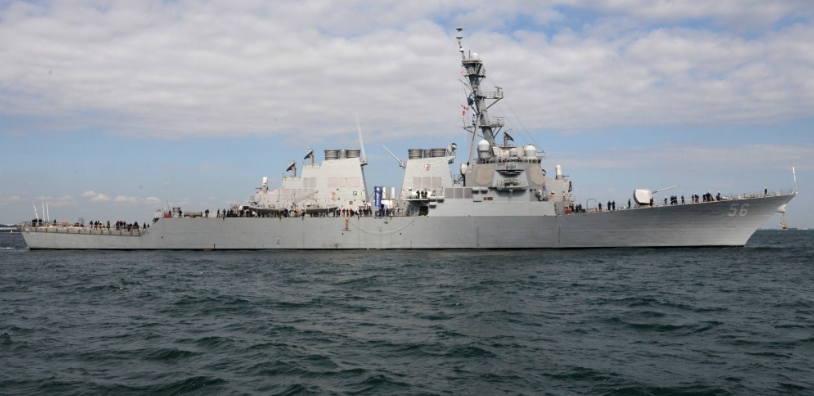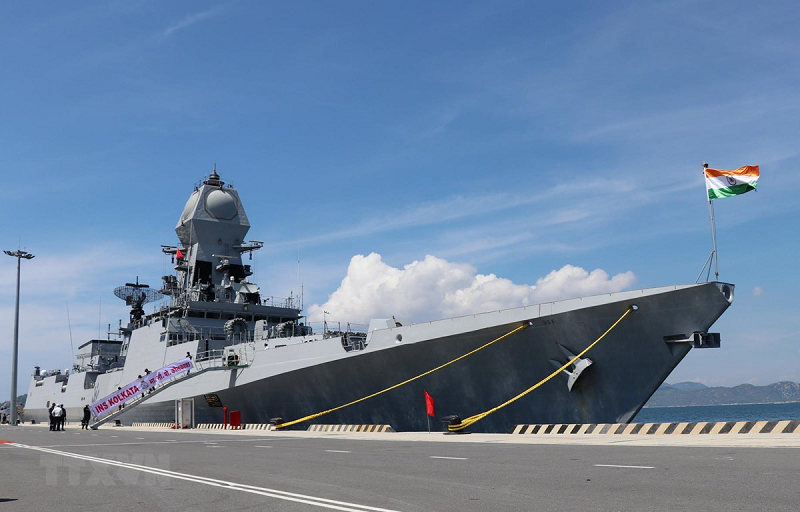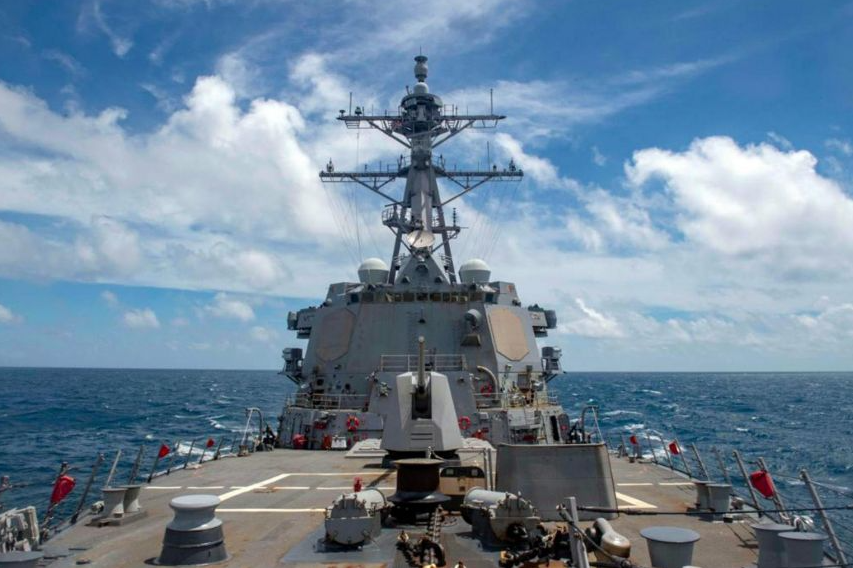China calls U.S Navy "provocation" after warship transits Taiwan Strait
| US rejects China ‘expelled’ its Navy warship near Truong Sa | |
| Indian warship visits and delivers humantarian assistance for Vietnam | |
| China tails US warship as it sails through Taiwan Strait |
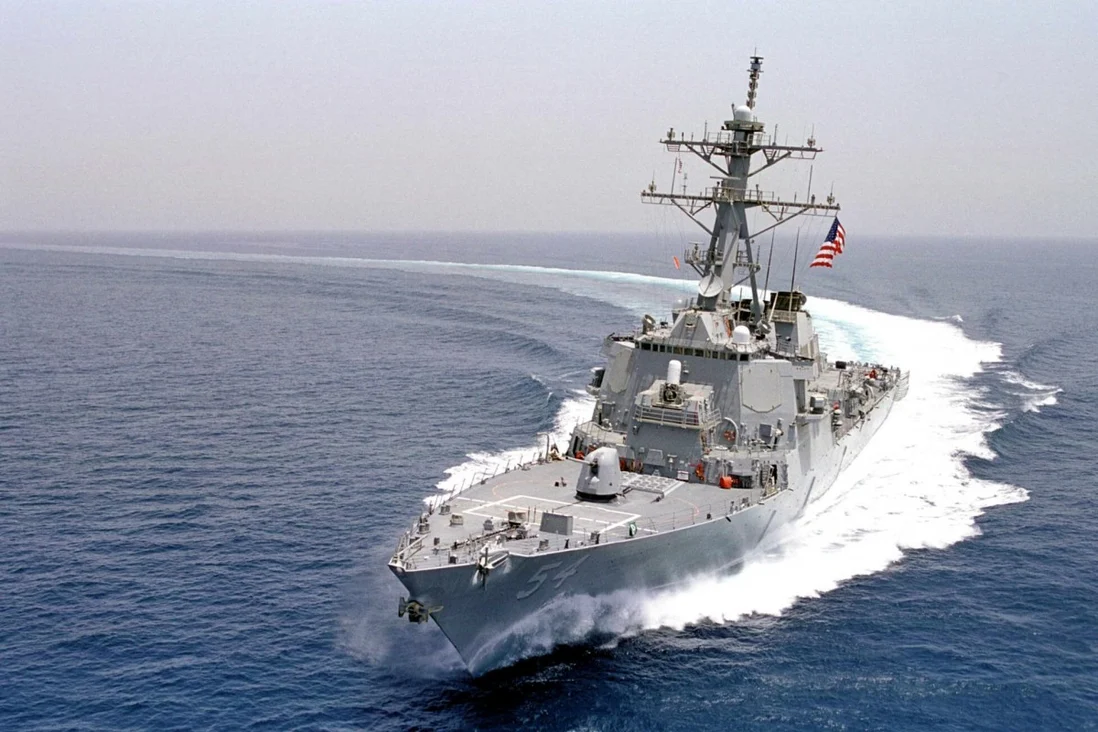 |
| The US Navy said guided-missile destroyer the USS Curtis Wilbur conducted a “routine Taiwan Strait transit”. Photo: AFP |
The U.S. Navy's 7th Fleet said the Arleigh Burke-class guided missile destroyer USS Curtis Wilbur conducted a "routine Taiwan Strait transit" on Tuesday in accordance with international law.
“The ship’s transit through the Taiwan Strait demonstrates the US commitment to a free and open Indo-Pacific,” the statement said. “The US military will continue to fly, sail and operate anywhere international law allows.”
PLA Eastern Theatre Command spokesman Senior Colonel Zhang Chunhui on Wednesday called the latest passage through the strait “a provocation”.
“The US move sends the wrong signals to Taiwanese independence-leaning forces, deliberately disrupting and sabotaging the regional situation and endangering peace and stability across the Taiwan Strait,” he said.
Beijing sees self-ruled Taiwan as part of its territory and has not renounced the use of force to bring it under mainland control, according to South China Morning Post.
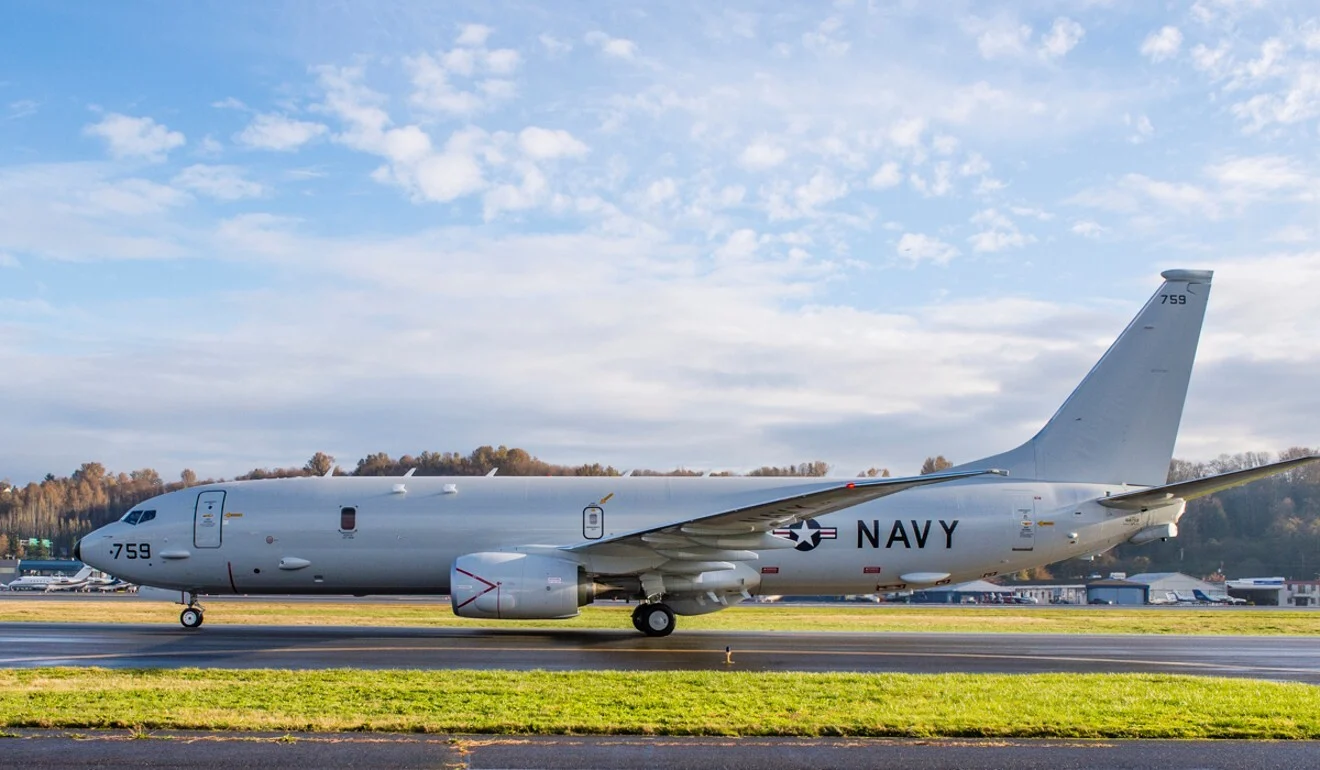 |
| US military planes were said to have flown over the South China Sea as the warship was in the Taiwan Strait. Photo: AFP |
The U.S. Navy has been conducting such operations every month or so.
The United States, like most countries, has no formal diplomatic ties with Taiwan but is its most important international backer and a major seller of arms.
Military tension between Taiwan and Beijing have spiked over the past year, with Taipei complaining of China repeatedly sending its air force into Taiwan's air defence zone, Reuters reported.
Some of those activities can involve multiple fighters and bombers.
Taiwan Strait could become “a dangerous place”
While the warship was transiting the strait, US anti-submarine patrol and reconnaissance aircraft and a spy plane were flying over the South China Sea, according to the South China Sea Strategic Situation Probing Initiative. The Beijing-based think tank, which monitors military activity in the region, tweeted that the aircraft were “probably providing the intelligence support for the warship”.
Shi Yinhong, a professor of international relations at Renmin University of China in Beijing, said both the PLA and the US military recognised that the Taiwan Strait could become “a dangerous place” if tensions continued to rise.
“The risk is intensifying, as almost all communication channels have been stuck since that first phone call between Chinese President Xi Jinping and Biden [in February] and the China-US meeting in Anchorage, Alaska,” he said, referring to heated talks between officials in March.
“But it seems like the two militaries are using another approach … with routine transits and warnings becoming the norm since then.”
Shi said the fact the response came from the PLA rather than the Chinese defence ministry meant “the situation is not so bad”.
The PLA’s Eastern Theatre Command – which is responsible for the east coast and the strait that separates mainland China from Taiwan – made a similar statement after the US sent the USS John Finn guided-missile destroyer through the waterway in March.
Taipei-based defence expert and media commentator Chi Le-yi said the warship’s passage could be seen as a message that Washington would keep its promise to maintain peace and stability in the Taiwan Strait.
“The US transit aims to warn the Chinese Communist Party not to miscalculate the current situation, and it’s also an exhortation to the PLA not to be rash,” Chi said.
He noted that the US warship had avoided crossing over the median line of the strait, the unofficial boundary between Taiwan and mainland China.
“If US warships pass that midline, the PLA would have an excuse to make a critical response,” Chi said.
On February 4, The United States Navy sent a guided-missile destroyer through the Taiwan Strait, the first time a US warship had gone through the waterway that separates China and Taiwan during the Biden administration.
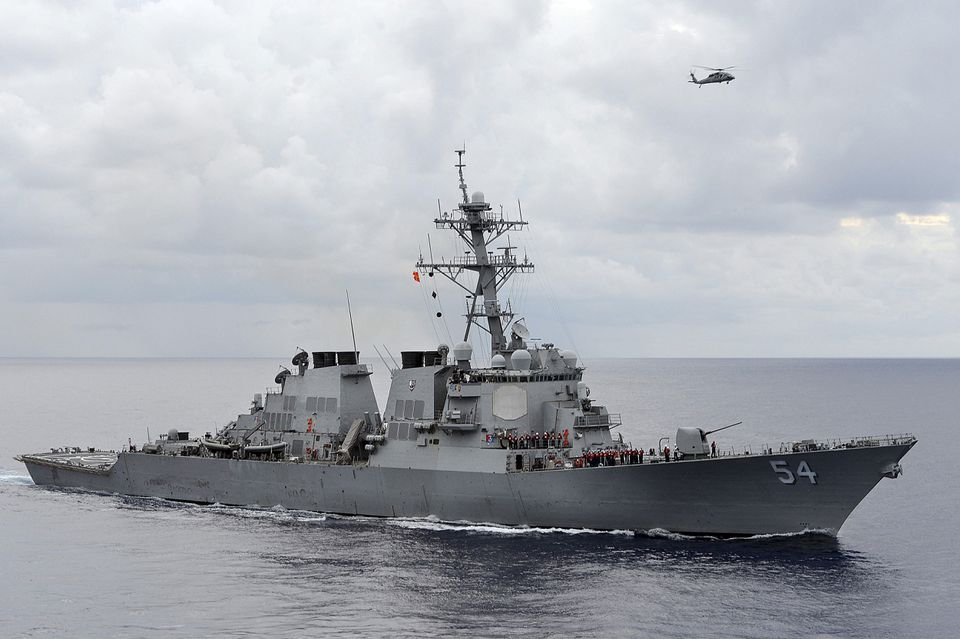 |
| The U.S. Navy guided-missile destroyer USS Curtis Wilbur patrols in the Philippine Sea in this August 15, 2013 file photo. REUTERS/U.S. Navy/Mass Communication Specialist 3rd Class Declan Barnes/Handout via Reuters/Files |
The issue of self-governed Taiwan has been one the first big foreign policy challenges for US President Joe Biden.
Beijing claims full sovereignty over Taiwan, a democracy of almost 24 million people located off the southeastern coast of mainland China, despite the fact that the two sides have been governed separately for more than seven decades.
The last transit occurred on New Year's Eve when the McCain and a second destroyer, the USS Curtis Wilbur, went through the strait, according to US Navy statements.
US warships transited the waterway 13 times in 2020, according to the US 7th Fleet, the most since 12 such transits in 2016, the final year of former President Barack Obama's administration.
The US showed a strong commitment to Taiwan's defense during former President Donald Trump's administration by approving the sale of sophisticated military hardware to Taipei, including F-16 fighter jets, advanced missiles and main battle tanks, while sending high-level envoys to the island.
Recent statements from the Biden administration suggest there will be no pullback on these actions.
"There's been a strong and long bipartisan commitment to Taiwan," new US Secretary of State Antony Blinken told his confirmation hearing last week. "Part of that commitment is making sure that Taiwan has the ability to defend itself against aggression. And that is a commitment that will absolutely endure in a Biden administration."
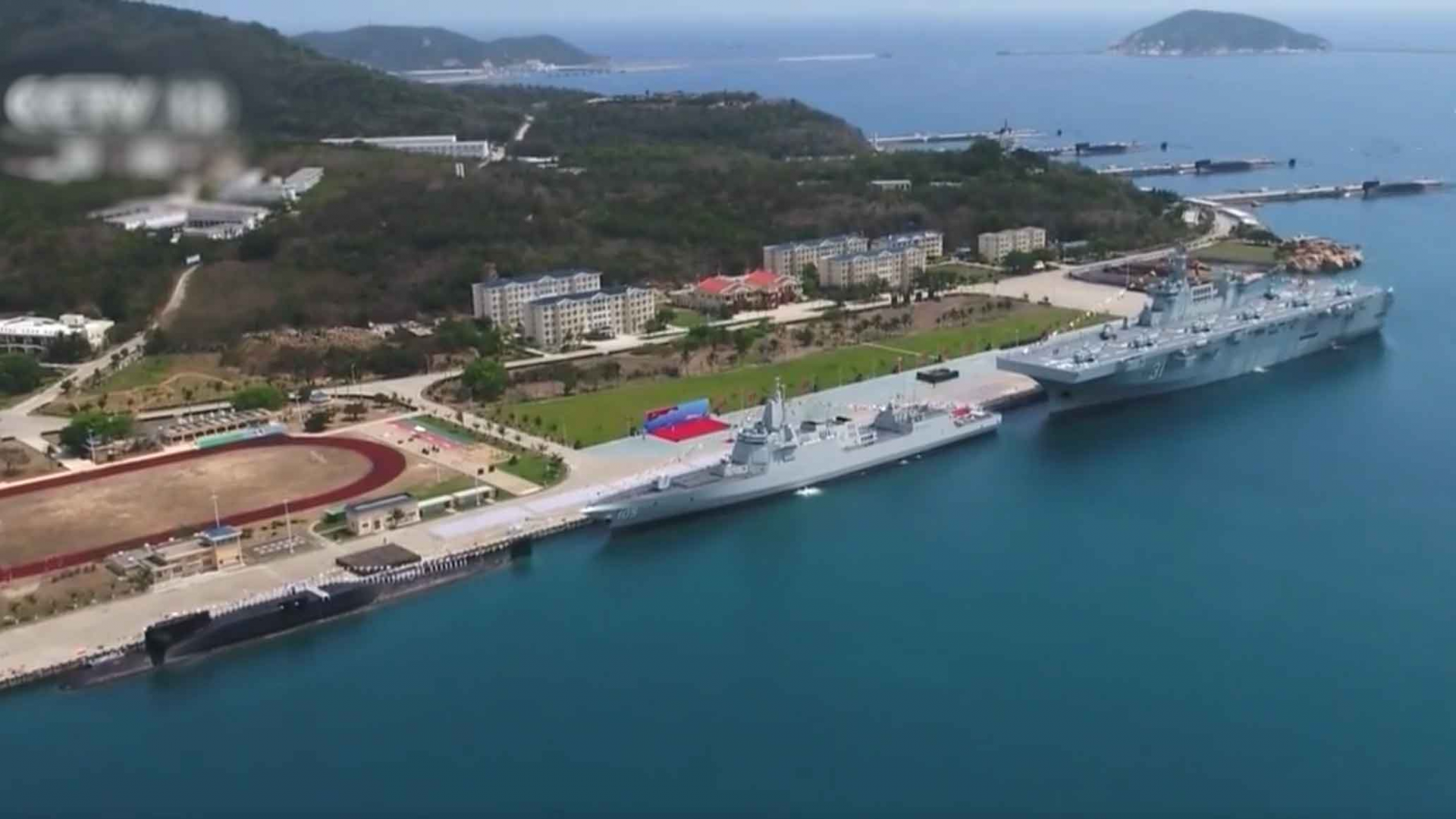 | China commissions three advanced naval ships China commissioned three new warships on April 23, 2021, including its first Type 075 amphibious assault ship, named the Hainan. |
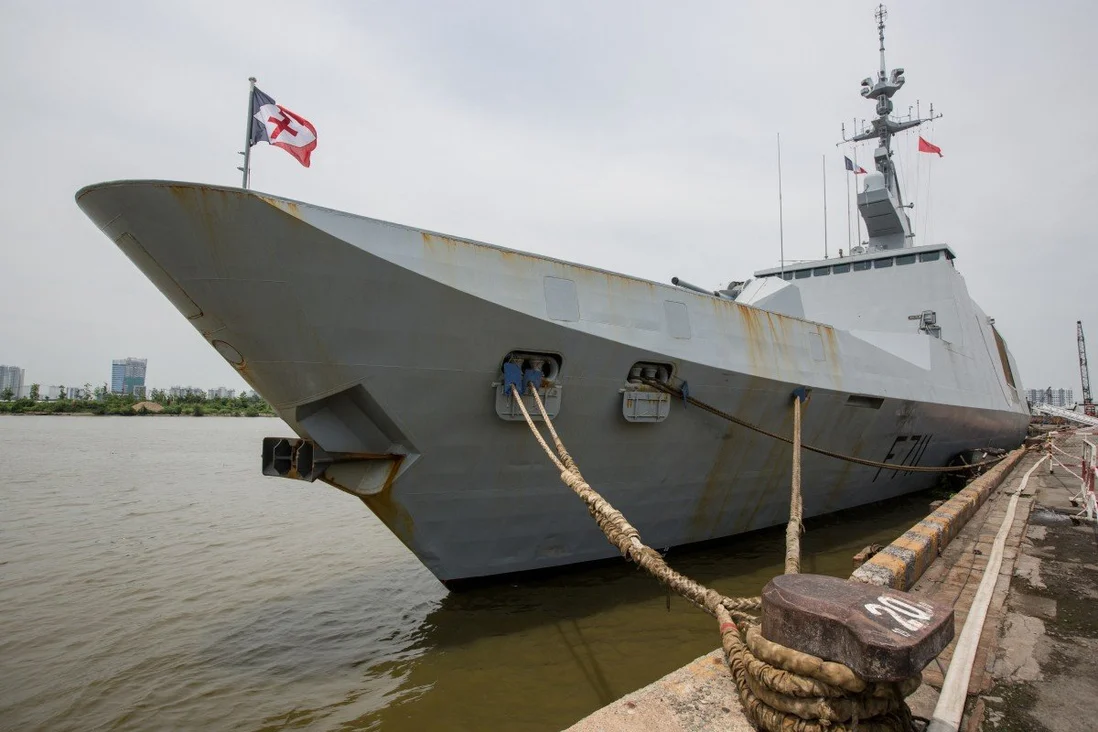 | Western countries send warships to South China Sea, challenging China US, Canada and other Western countries are sending navy ships to the contested South China Sea this year as pushback against Beijing, in order to ... |
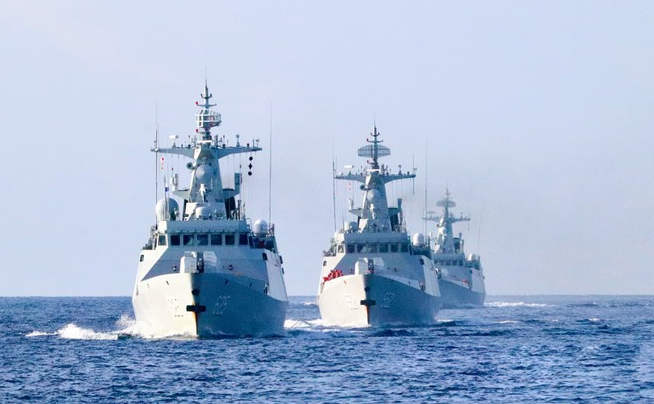 | China flaunts warships to impose threats in the Bien Dong Sea Over the past few days, Beijing's propaganda apparatus has released flaunting images of warships to impose threats on countries in the Bien Dong Sea, said ... |
Recommended
 World
World
India strikes back at terrorists with Operation Sindoor
 World
World
India sending Holy Relics of Lord Buddha to Vietnam a special gesture, has generated tremendous spiritual faith: Kiren Rijiju
 World
World
Why the India-US Sonobuoy Co-Production Agreement Matters
 World
World
Vietnam’s 50-year Reunification Celebration Garners Argentine Press’s Attention
 World
World
"Will continue offering our full support to Indian govt": US FBI Director after Pahalgam attack
 World
World
"Great Leader": JD Vance Lauds PM Modi During His India Visit
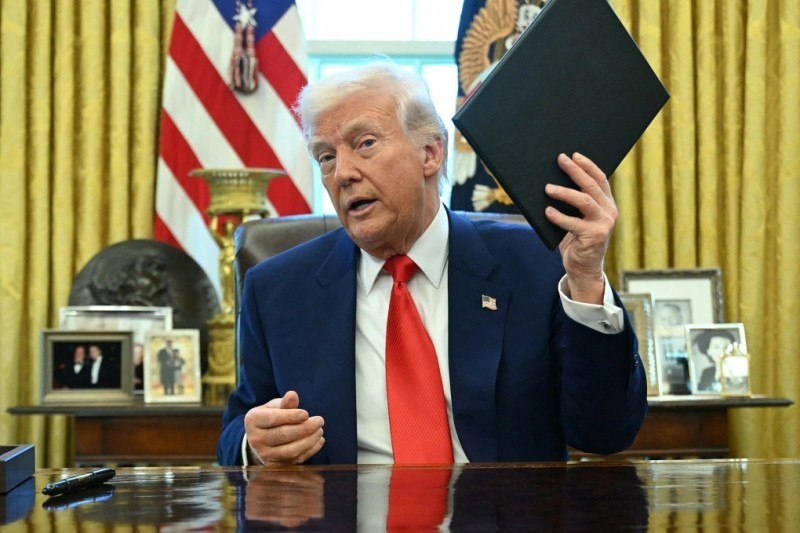 World
World
Trump’s Tariff Pause: A Strategic Move from “The Art of the Deal”?
 World
World

